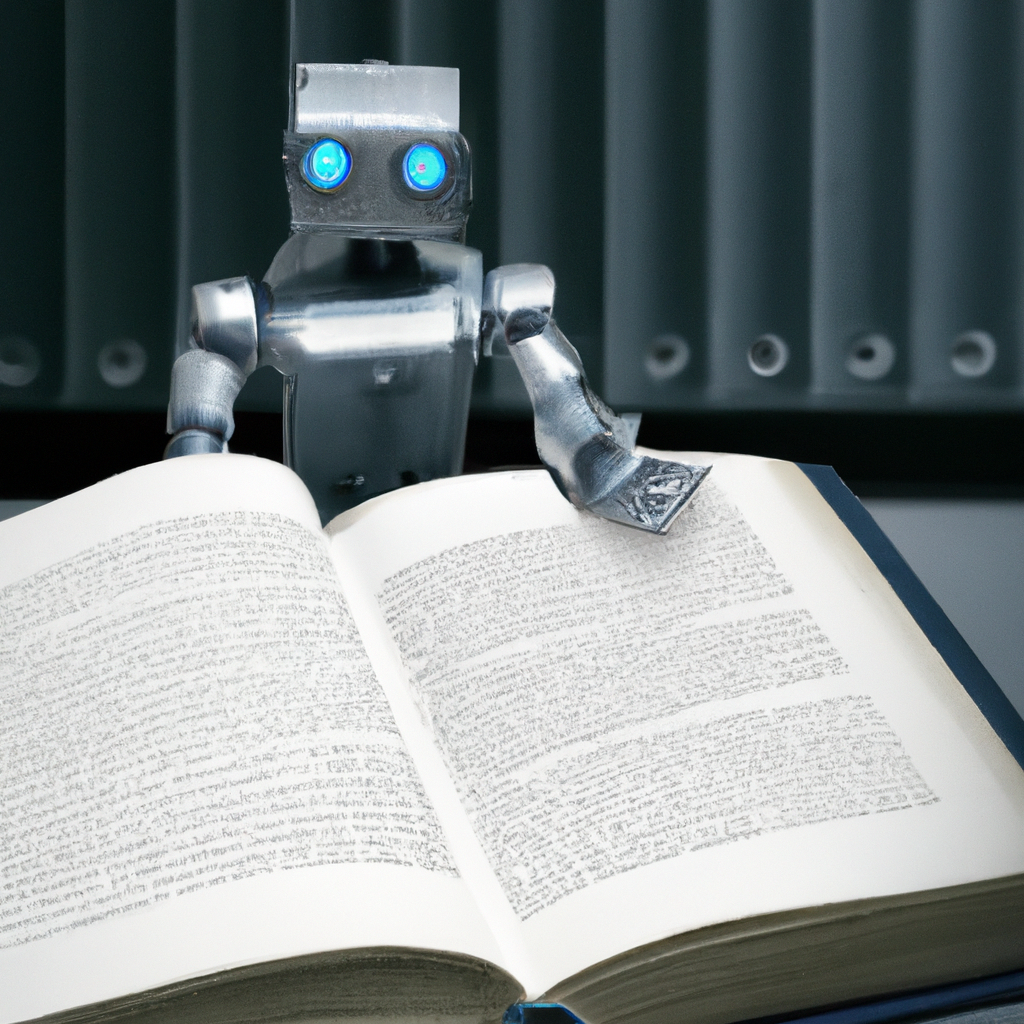Original article: http://bair.berkeley.edu/blog/2023/07/10/stepwise-ssl/
*AI wrote this content and created the featured image; if you want AI to create content for your website, get in touch.
Title: Unveiling the Stepwise Learning Behaviour in Self-Supervised Learning with a Focus on SSL Algorithms
Introduction:
The realm of deep learning’s success often hinges on its ability to unveil and extract valuable representations from intricate datasets. Self-supervised learning (SSL) has rapidly emerged as a frontrunner in crafting these representations for images directly from unlabelled data, akin to how large language models (LLMs) accomplish representation learning from web-scraped textual data. However, fundamental questions pertaining to the essence of SSL algorithms and their learning mechanisms remain unanswered.
Unravelling the Training Process with SSL Algorithms
The recent paper, scheduled to appear at ICML 2023, presents a groundbreaking mathematical depiction of the training journey undertaken by large-scale SSL methods. Through a simplified theoretical model, the research delves into learning aspects of data in discrete, well-defined steps. Moreover, this study seamlessly aligns with current state-of-the-art systems, shedding light on the intricate process of SSL algorithm training.
Theoretical Insights Into Stepwise Learning with Linearized Models
By introducing an exact linear model of SSL, the researchers unravel the trajectories of training and the final embeddings in a closed form. Noteworthy findings reveal that representation learning in SSL unfolds in distinct steps, with the rank of embeddings progressively increasing through a stepwise learning process. The theoretical prowess illuminates the dynamics of the Barlow Twins loss function, offering insights into the sequential learning of eigenmodes.
Implications of Stepwise Learning in Realistic Settings
Translating theory into practice, experiments with full-scale ResNet-50 encoders exhibit a consistent stepwise learning pattern, affirming the pivotal role of this behaviour in SSL training. Results from SSL methods like Barlow Twins, SimCLR, and VICReg on the STL-10 dataset emphasise the stepwise learning phenomenon, underscoring the evolution of embeddings in tandem with the loss reduction—a hallmark of SSL algorithmic training.
Future Prospects and Significance
By illuminating the inherent stepwise learning behaviour in SSL methods, this research opens avenues for refining SSL practices and nurturing a deeper comprehension of SSL and representation learning at large. The envisaged shift towards expedited SSL training and exploring the significance of various learned eigenmodes beckons a promising trajectory for enhancing not only SSL methodologies but also broader deep learning paradigms.
Conclusion:
With a robust theoretical foundation and compelling experimental evidence, the unraveling of stepwise learning in SSL methods not only assists in refining current practices but also alludes to a profound understanding of deep network learning behaviour. The quest to decipher the intricacies of deep learning remains ongoing, and this study offers a promising entry point for future explorations in the realm of SSL and representation learning.
This post is based on the forthcoming paper “On the Stepwise Nature of Self-Supervised Learning,” co-authored by Maksis Knutins, Liu Ziyin, Daniel Geisz, and Joshua Albrecht. The collaboration was conducted at Generally Intelligent, where Jamie Simon serves as a Research Fellow. For further insights, the original post can be found [here]. Let’s delve deeper into the captivating realm of self-supervised learning and its transformative potential.



